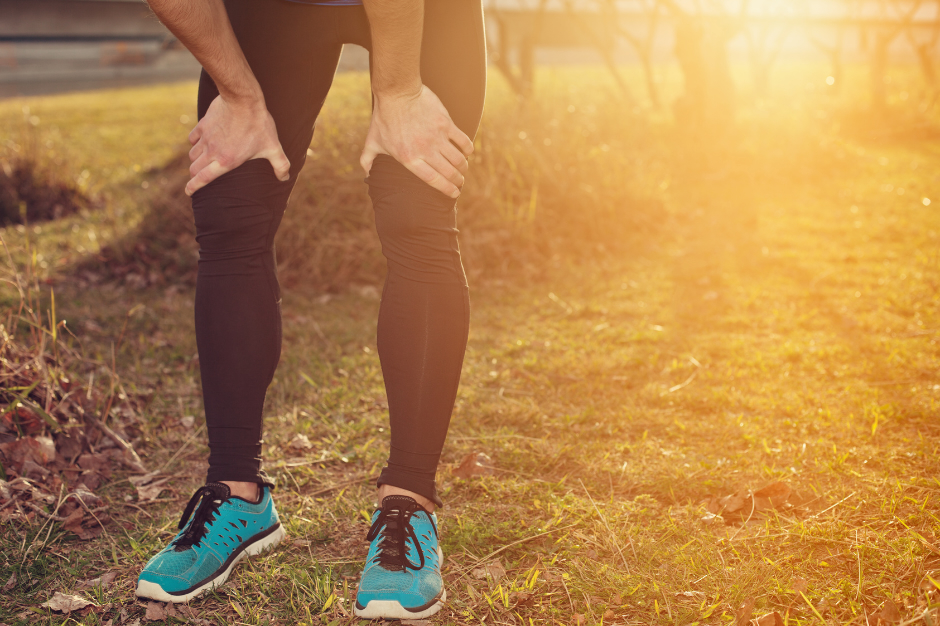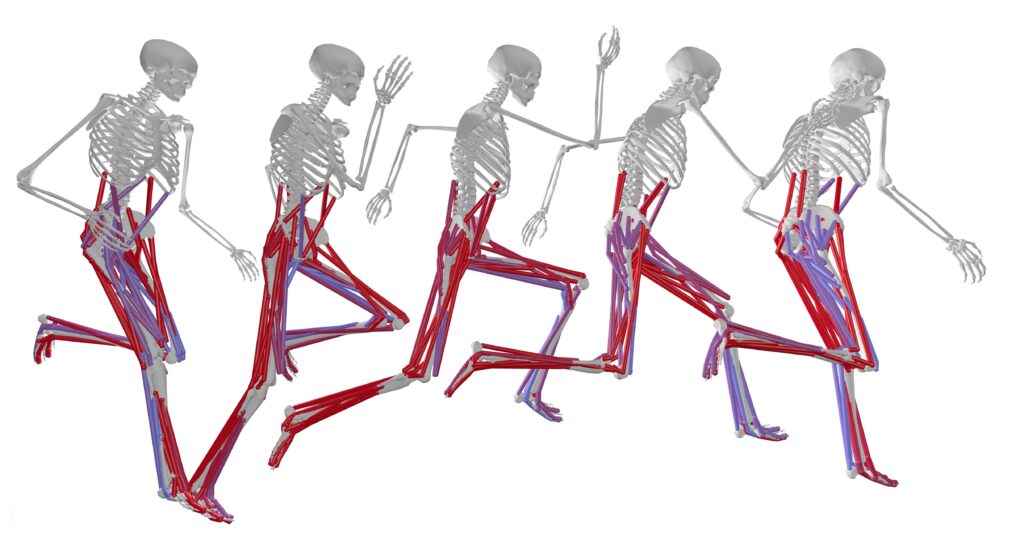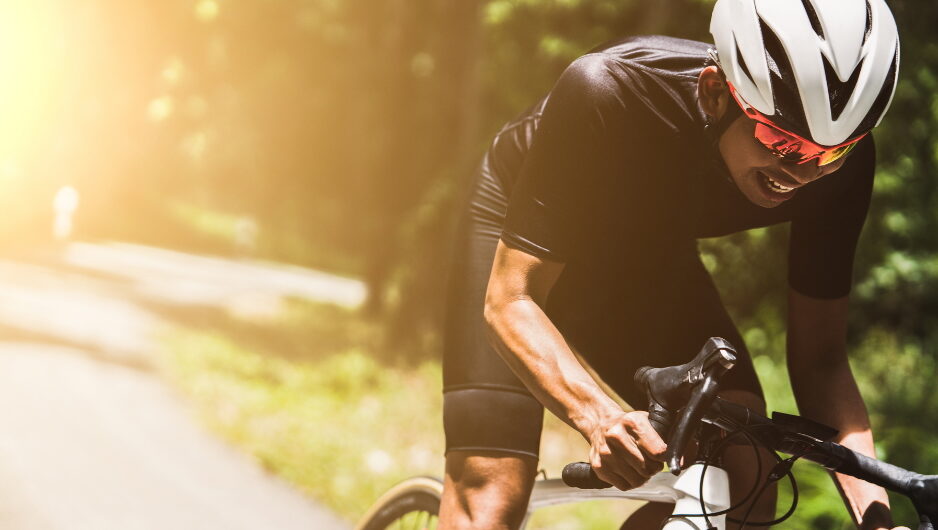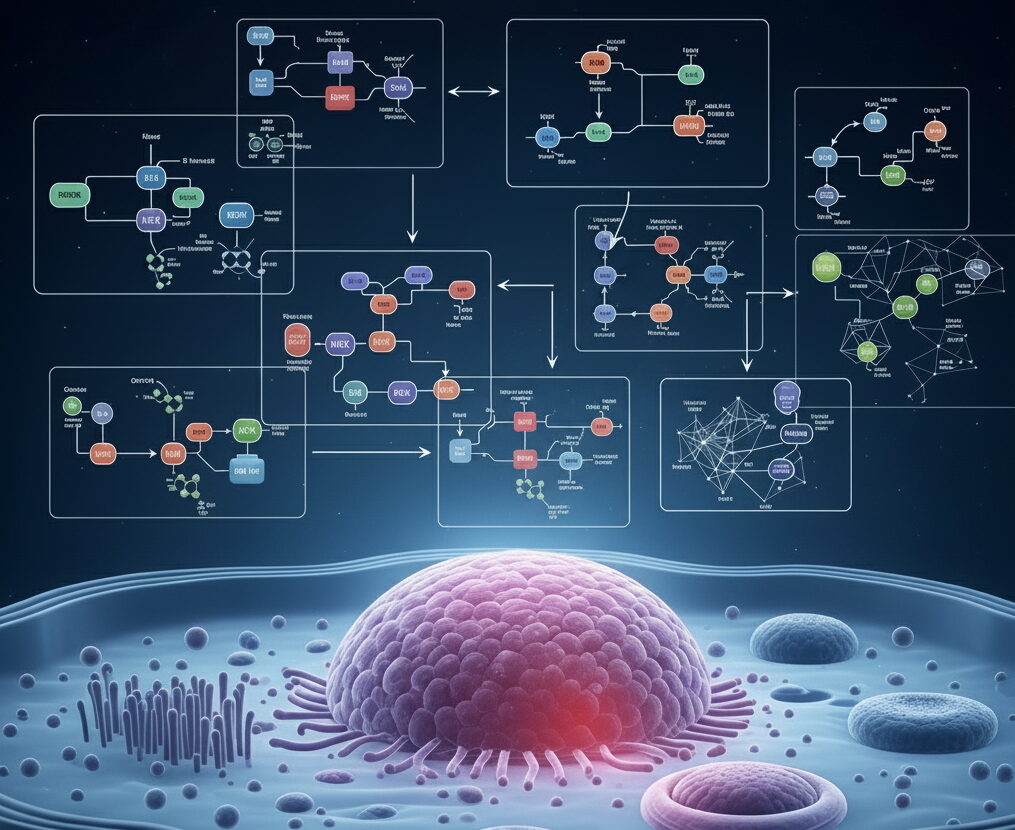“Landmark” mouse model of Relative Energy Deficiency in Sport
Collaborators

Researchers have developed a “landmark mouse model” of relative energy deficiency in sport (REDs) to better understand its effects on weight, bone health, organs, sleep, and gene expression in males and females.
REDs, as defined by the International Olympic Committee (IOC), is when an athlete expends more energy than they consume, resulting in a negative energy balance. It is estimated that more than 40% professional athletes have REDs (intentional or unintentional), which impacts their overall health and performance.
Despite its widespread impact, many of the molecular and cellular workings of REDs remain a mystery — largely because scientists lacked a suitable lab model to study the syndrome.
The team, led by Salk Professor and Wu Tsai Human Performance Alliance researcher Satchidananda Panda, created a mouse model of REDs to explore the molecular basis of the syndrome, and to help develop biomarkers and effective treatment strategies.

Canva Pro Images
In their study, published in Cell Metabolism, the team designed an “exercise-for-food” paradigm, where food reward size was determined by wheel-running activity. Over three weeks, the REDs mice consumed 46%-49% less food than the control mice while maintaining high activity levels. This put the mice into a negative energy balance, similar to athletes with REDs.
The mice had many of the key symptoms of REDs, including “weight loss, compromised bone health, organ-specific mass changes, and altered rest-activity patterns.” The team also analyzed gene expression across 19 different organs, creating a dataset that could help guide future REDs research.
Learn more: Salk Institute press release
The study is part of the Wu Tsai Human Performance Alliance Molecular Athlete moonshot research initiative that explores the molecular and genetic changes that occur during peak performance and health.
Co-authors include Laura van Rosmalen, Jiaoyue Zhu, Geraldine Maier, Erica G. Gacasan, Terry Lin, Elena Zhemchuzhnikova, Vince Rothenberg, Swithin Razu, Shaunak Deota, Ramesh K. Ramasamy, Robert L. Sah, Andrew D. McCulloch, Roelof A. Hut
Latest News

September 23, 2025
In sprinting, where the foot lands may be key to speed

September 17, 2025
Cyclists with similar power use different muscle strategies

September 15, 2025
A new framework for trusting modeling predictions in biology
Get Engaged
Join our mailing list to receive the latest information and updates on the Wu Tsai Human Performance Alliance.
